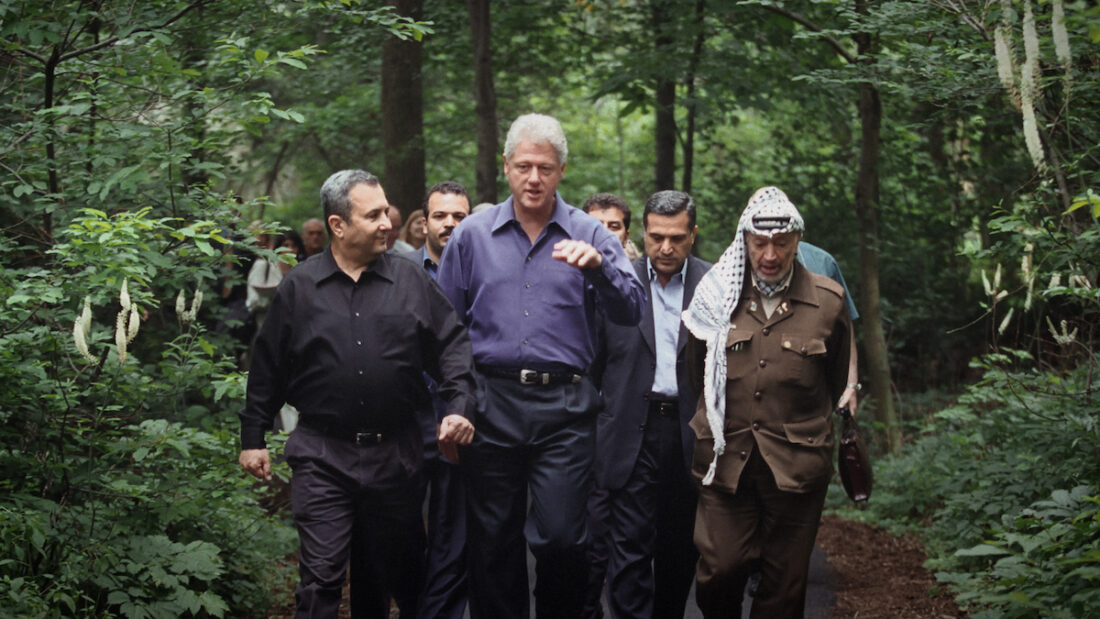Dror Moreh’s intensely engaging documentary, The Human Factor, bores into the decade-long period from 1990 until 2000, when the possibility of a peace agreement between Israel and its Arab neighbors seemed attainable. In his 108 minute film, which will be available on VOD platforms later this year, he focuses on Israel’s negotiations with the Palestinians and Syria.
With the collapse of the Soviet Union in 1990, the United States was the only superpower left in the ring and capable of influencing events in the Middle East. Moreh tells his story from the viewpoint of the American negotiators who played a central role in moving the diplomatic process forward.
The pivotal U.S. figures in this drama were the diplomats Dennis Ross, Martin Indyk, Aaron David Miller and Daniel Kurtzer, all of whom were Jews. James Baker, the U.S. secretary of state under President George H.W. Bush, made an important contribution, as did Bush’s successor, Bill Clinton.
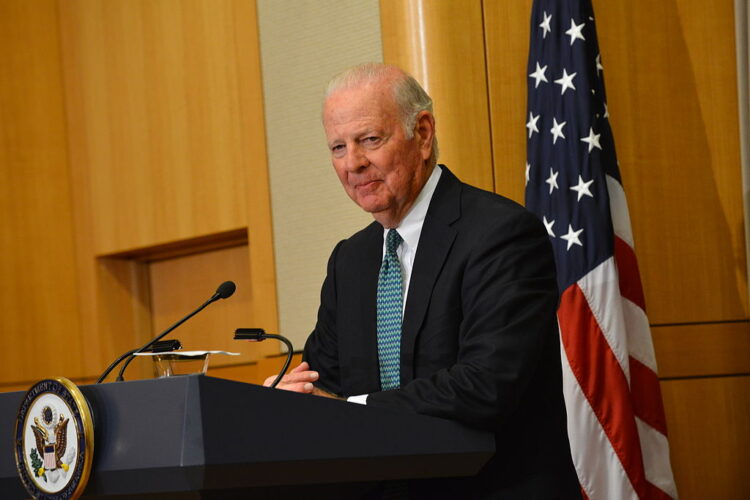
Yitzhak Rabin, who succeeded Yitzhak Shamir as Israeli prime minister, was at the center of the diplomacy for a brief but crucial time. The key Arab figures were Yasser Arafat, the chairman of the PLO and the first president of the Palestinian Authority, and Hafez al-Assad, the president of Syria.
Moreh, an Israeli whose previous film, The Gatekeepers, focused on the history of the Shin Bet through the eyes of six of its former directors, starts his inquiry with Baker. A single-minded and determined individual, he was instrumental in convening the Madrid conference, the first time Israeli and Arab leaders sat together in the same room. Neither Shamir nor Assad wanted to attend, but Baker’s powers of persuasion prevailed.
When Rabin returned to office in 1992, he informed Ross he was interested in reaching a “full deal” with the Palestinians. Rabin didn’t trust Arafat, his nemesis, but knew the PLO ultimately would have to be involved. Rabin, however, prioritized talks with Syria over negotiations with the Palestinians. Clinton, the new American president, was eager to assist.
Clinton’s secretary of state, Warren Christopher, extracted a “deposit” from Rabin indicating he was prepared to fully withdraw from the Golan Heights if Syria was ready to agree to iron-clad security arrangements and normalize its relations with Israel. Rabin expected a corresponding “deposit” from Assad, but none was forthcoming.
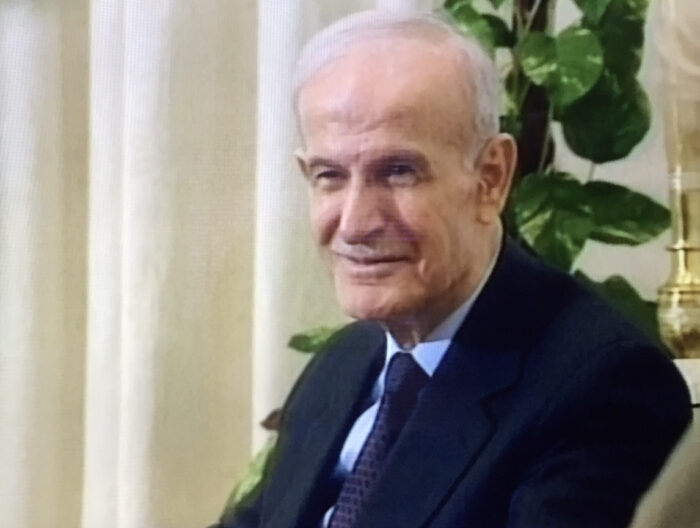
Indyk, who would twice be U.S. ambassador to Israel, was shocked to learn that Israel and the PLO had negotiated a Declaration of Principles in Oslo. Ross, considering it a “historic breakthrough,” urged Clinton to embrace it.
Moreh discloses that Rabin agreed to appear with Arafat at an Oslo signing ceremony in Washington in September 1993 only if he met three conditions. Arafat would neither wear a military uniform nor carry a gun, and he would refrain from kissing Rabin.
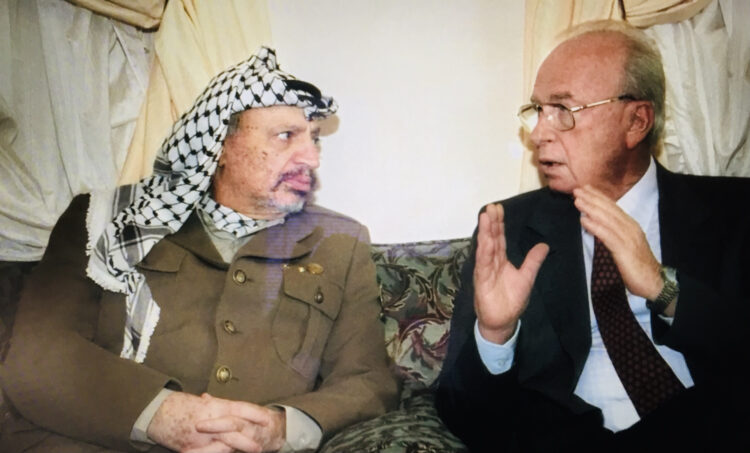
According to the Americans, Arafat and Rabin had completely different conceptions of the Oslo agreement. For Arafat, it was the prelude to Palestinian statehood in the West Bank and the Gaza Strip. To Rabin, it was regarded as a test of Palestinian reliability.
The Oslo accord was flawed by a glaring absence of details with respect to the final status of Jerusalem, the disposition of the occupied areas, the fate of Israeli settlements, and the question of a future Palestinian state, they add.
Oslo was battered by opponents from both sides. Baruch Goldstein, a Jewish settler, gunned down 29 Palestinians in a mosque in Hebron. His rampage triggered a wave of suicide bombings carried out by Hamas and Islamic Jihad. This campaign of terrorism led right-wing Israelis to denounce Rabin as a “traitor” and a “murderer,” prompting Ross to wonder whether Rabin’s government could withstand the onslaught of criticism.

Arafat’s promise to crack down on terrorism improved his relationship with Rabin. In Indyk’s estimation, the two adversaries became partners, with Rabin acknowledging the need for Palestinian statehood so that Israel and the Palestinians could separate on amicable terms.
Ross was stunned by Rabin’s assassination in November 1994. He was killed in Tel Aviv by the Jewish extremist Yigal Amir, who remains in prison. “It’s still a moment I can’t really talk about,” he says, his eyes misting over. “It was something I couldn’t imagine.”
Arafat was equally stunned, branding it as an “awful crime.”
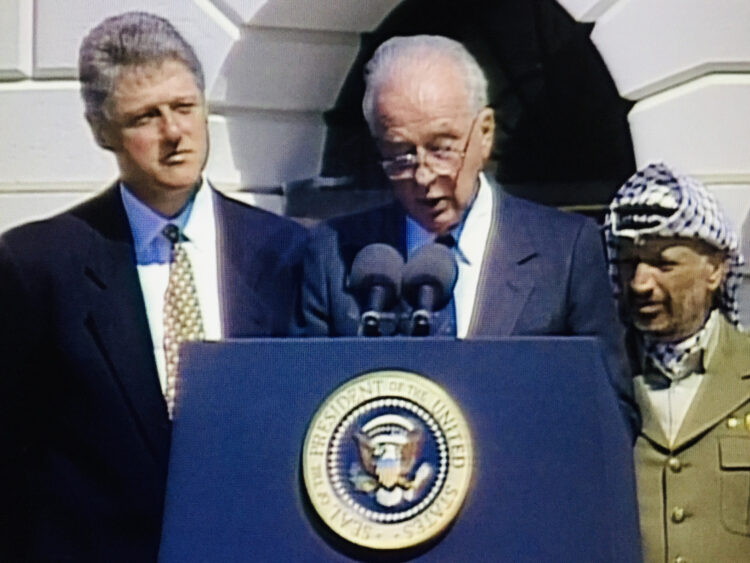
Clinton, who had formed a friendship with Rabin, felt he was obligated to finish Rabin’s mission. But the new Israeli prime minister, Benjamin Netanyahu, who had defeated Shimon Peres by an extremely narrow margin in an election, was a hardliner who had railed against Oslo.
In his first meeting with Clinton at the White House, Netanyahu lectured Clinton. As Ross recollects their testy encounter, Netanyahu’s combative stance prompted Clinton to quip, “Who does he think the superpower is?”
At a subsequent meeting in Washington, to which King Hussein was invited, the Jordanian monarch tore into Netanyahu, claiming he lacked the maturity to be a leader.
As for Arafat, he felt slighted by Netanyahu’s lack of respect toward him.
After three years in office, Netanyahu called an election in 1999 and lost. Ehud Barak, the winner, had a plan to resuscitate the peace process, but he hoped to begin on the Syrian front, much to Arafat’s chagrin.
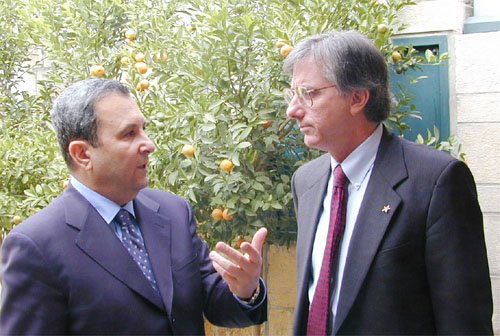
The problem was that Barak, unlike Rabin, would not commit to a total Israeli withdrawal from the Golan. Assad, in turn, demanded a pullout restoring Syrian sovereignty over the northeastern shoreline of the Sea of Galilee, one of Israel’s main sources of fresh water. In a bid to nail down an agreement, Clinton met an ailing Assad in Geneva, but their meeting did not go well. In response, Barak unilaterally pulled Israeli forces out of southern Lebanon, pivoted to the Palestinian track, and called for a summit with Arafat.
Barak pledged to be flexible and conciliatory, but Clinton, Arafat and the U.S. peace team were skeptical that a summit would be successful.
Moreh claims that Arafat was “dragged” to the summit, which took place in July 2000 at Camp David, the wooded presidential retreat in the state of Maryland. Arafat feared that the United States and Israel were ganging up on him. Miller admits that he and his fellow American negotiators functioned as Israel’s “lawyer” during its duration.
Inexplicably, Barak was intransigent and refused to meet Arafat for the first seven days of the summit. “This thing was entirely on the wrong track,” concedes Ross.
Finally, Barak released his terms for an end-of-conflict settlement. He was fairly flexible on Jerusalem, for example. He agreed that Arab neighborhoods would be assigned to the Palestinians, while Jewish districts would be under Israel’s administration. Israel would exercise sovereignty over the Temple Mount, which is claimed by both parties.
Arafat rejected Barak’s offer. Clinton blamed Arafat for the failure of the summit. Within about two months, the second Palestinian uprising erupted, virtually destroying what was left of Oslo. Barak turned against Arafat, dismissing him as a dependable partner.
“All our efforts went up in flames,” says Indyk.
“We did not see the world the way it was,” admits Miller.
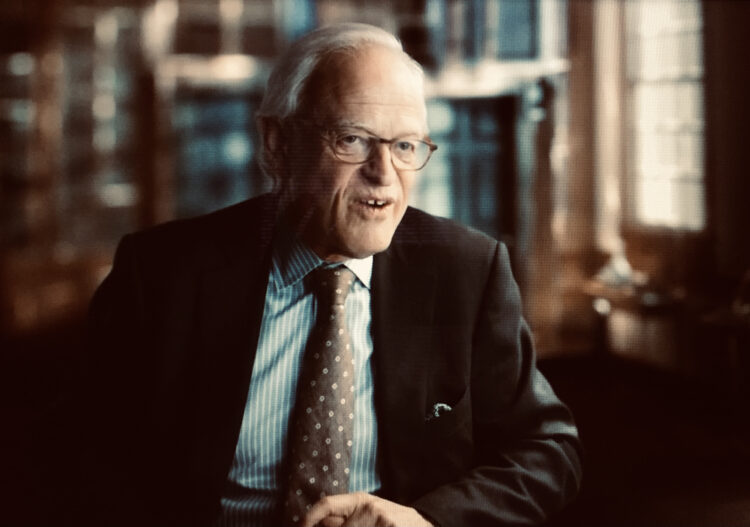
Indyk glumly summarizes this entire period as “a history of missed opportunities, a terrible tragedy.”
Despite its best efforts, the United States fell short of bringing peace to the Middle East. Indyk and Ross appear convinced that the region might have evolved differently had they succeeded in nailing down peace agreements on the Syrian and Palestinian fronts.
